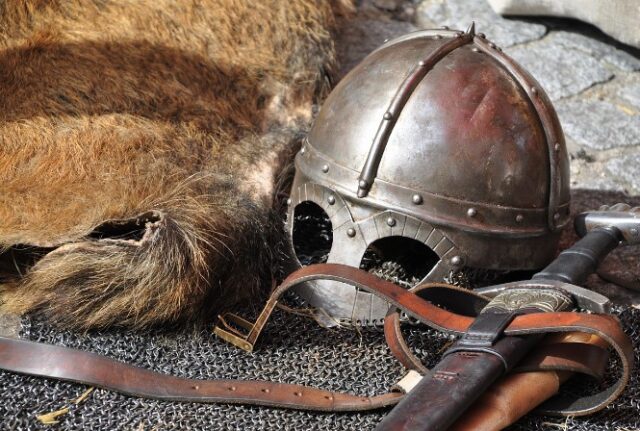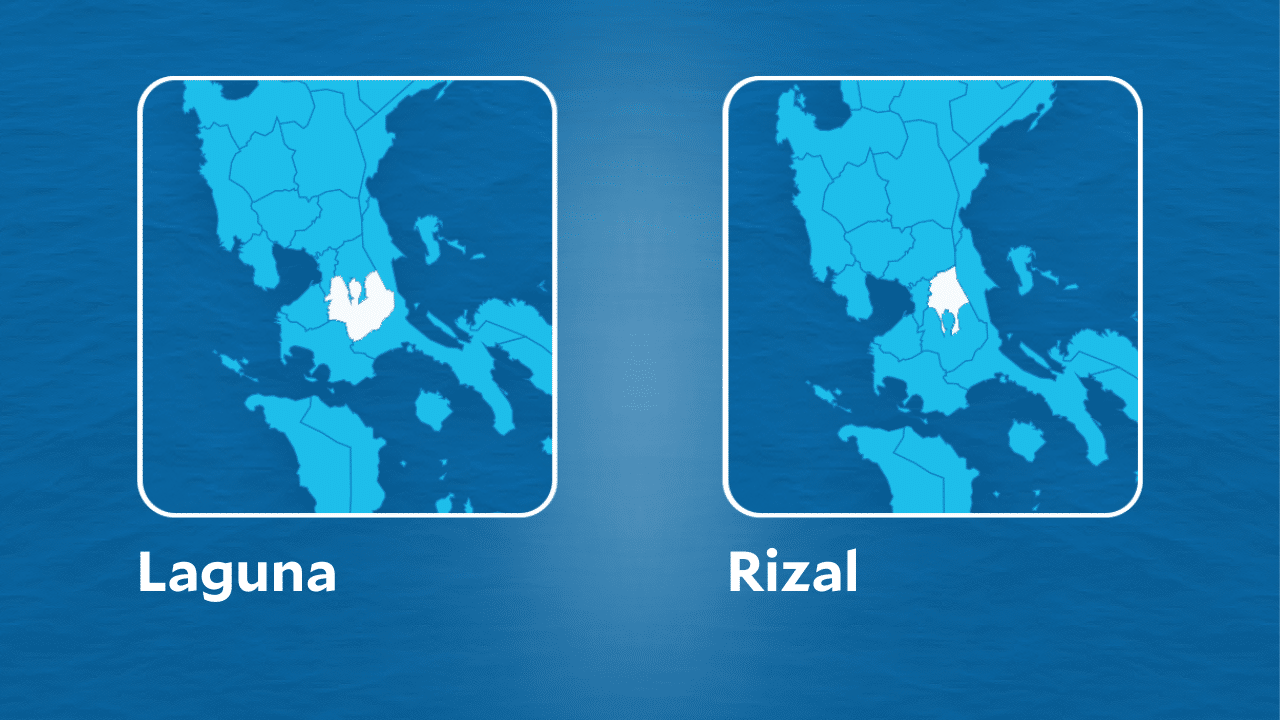A sword known to have belonged to Prince Diponegoro, a fighter in the resistance against the Dutch colonialists, was recently discovered in the Bronbeek Museum Warehouse, Arnhem, Netherlands. The sharp weapon called klewang was once used in wars against the colonial government.
A researcher from the Bronbeek Museum, John Klein Nagelvoort, was the one who conveyed the discovery. Nagelvoort explained that the klewang had previously been displayed at Het Loo Palace, Apeldoorn, Amsterdam.
Although the sword has not been requested back by the Indonesian side, Nagelvoort believes that the weapon came from Indonesia even though it had Dutch influence in its manufacture.
Nagelvoort claims that physically, the sword does not look like it came from Europe. The curved shape of the sword is similar to traditional Javanese weapons owned by the Bronbeek Museum.
In 2020, President Joko Widodo received the return of a keris known to have belonged to Prince Diponegoro from the King and Queen of the Netherlands during their state visit to Indonesia. The return of the heirloom was carried out in line with the state visit of Dutch King Willem Alexander and Queen Maxima Zorreguieta Cerruti to the Presidential Palace in Bogor, West Java, on Tuesday, March 10 2020.
At that time, Jokowi and King Willem Alexander delivered a joint press statement showing a keris placed in a glass box. The golden keris was placed not far from the speech pulpit of the King of the Netherlands and President Jokowi.
Nadiem Makarim, Minister of Education, Culture, Research and Technology, was seen explaining the keris to Jokowi and the King of the Netherlands. The keris, which had been lost, was finally found at the Volkenkunde Museum, Leiden, Netherlands.
In-depth research, supported by experts from both countries, has been carried out on the keris. Previously, the keris belonged to the Dutch government after the capture of Prince Diponegoro in the great war between 1825-1830.
Colonel Jan-Baptist Cleerens then gave Prince Diponegoro’s keris as a gift to King Willem I in 1831. The whereabouts of the keris became a mystery after the Koninklijk Cabinet van Zeldzaamheden (KKZ) disbanded.
The visit of the King and Queen of the Netherlands to Indonesia provided an opportunity for the Dutch Government to return these heirlooms to Indonesia.
“In terms of cooperation for future relations between Indonesia and the Netherlands, this is a very good opportunity. I am grateful that most of the members of the Dutch cabinet are here with me,” said the King of the Netherlands in a joint statement with President Jokowi at the Bogor Palace.





